When I was in grade school, I was lucky enough to spend a week at the most magical place on earth. We loaded up the family car and headed south, not to Disney World, but to someplace even better: Space Camp. I spent the week taking a simulated trip to Mars, imagining myself on the moon in a 1/6 gravity chair, and planning for the highlight of the week—acting as a mission specialist on a “real” space mission. For those who know me, this piece of personal trivia is no secret, probably because I talk about it every chance I get (including now). Going to Space Camp was extremely influential for me, and I experienced a lot of firsts there. It was my first time away from my parents and my first time feeling truly engaged in science. It was also where I first learned about Sally Ride. Because of her, the first American women to travel into space on June 18, 1983, I could imagine myself as part of NASA’s space program.
The Sally Ride EarthKAM
Although it was a formative experience for me, not everyone is able to make the trip to Space Camp. Keeping that in mind, Sally Ride spearheaded a project to connect students to a real NASA mission. Since its launch in 1995, the Sally Ride EarthKAM connects classrooms with a camera on board the International Space Station. Students taking part in an EarthKAM mission request images of specific locations on Earth, and those images are shared in an open, searchable database. To sign up for future EarthKAM missions, teachers can create an account on the EarthKAM website. Free classroom activities are also available with topics ranging from the scale and movement of our solar system to the effect humans have on our planet. One of my personal favorites helps students compare the lengths of different orbits by calculating their age on different planets (Important: I will only be revealing my age in Mars years from now on). There are also activities to help students understand how the EarthKAM works and how to interpret the images it provides.
Sally Ride: A Photobiography of America’s Pioneering Woman in Space
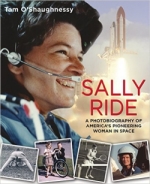 In addition to being an advocate for STEM education and the first American woman in space, Sally Ride has the distinction of being the first LGBT astronaut. Dr. Tam O’Shaughnessy, her partner of 27 years, recently published Sally Ride: A Photobiography of America’s Pioneering Woman in Space (Grades 5-9, Lexile 870) as a tribute to a woman who is truly a pioneer for many who are underrepresented in the science community. This biography for middle school students, chronicles Sally Ride’s life from her early years to her untimely death from pancreatic cancer at age 61. Written by someone so close to her, the book includes reflections and memories from O’Shaughnessy that provide great insight into a woman who did so much to inspire others.
In addition to being an advocate for STEM education and the first American woman in space, Sally Ride has the distinction of being the first LGBT astronaut. Dr. Tam O’Shaughnessy, her partner of 27 years, recently published Sally Ride: A Photobiography of America’s Pioneering Woman in Space (Grades 5-9, Lexile 870) as a tribute to a woman who is truly a pioneer for many who are underrepresented in the science community. This biography for middle school students, chronicles Sally Ride’s life from her early years to her untimely death from pancreatic cancer at age 61. Written by someone so close to her, the book includes reflections and memories from O’Shaughnessy that provide great insight into a woman who did so much to inspire others.
Booksource Recommendations
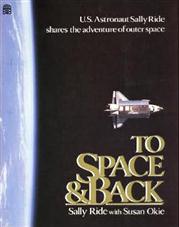
|
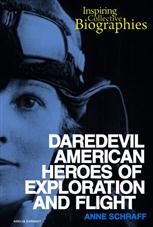
|

|


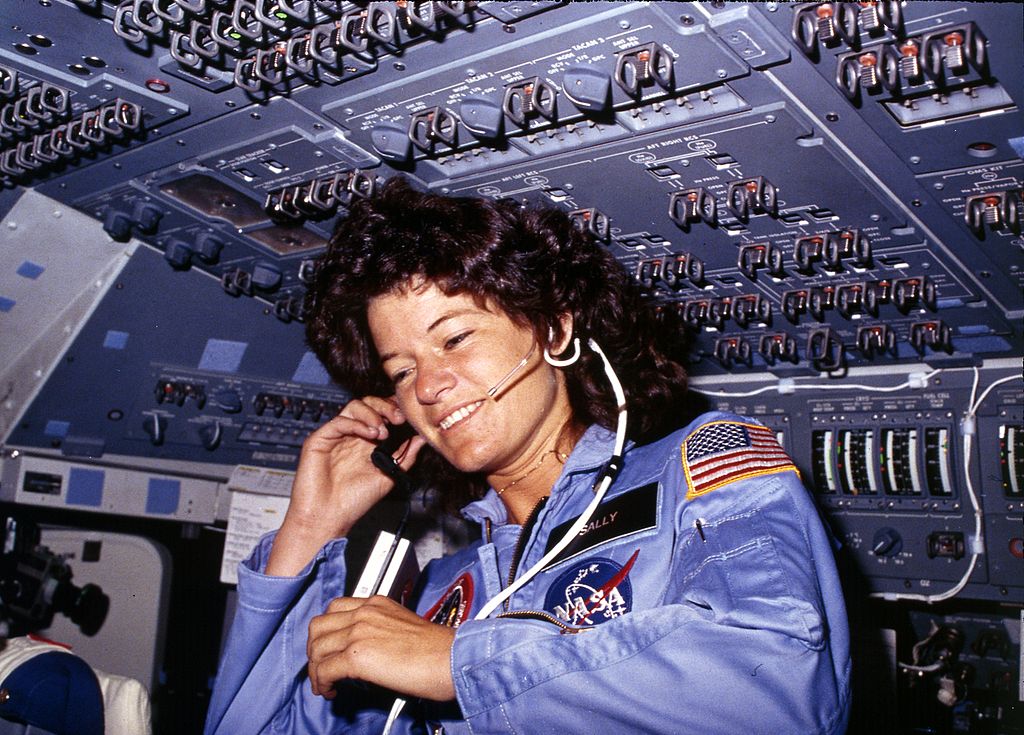
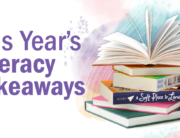
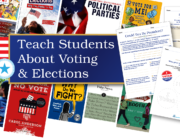
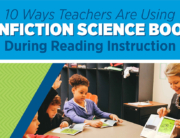
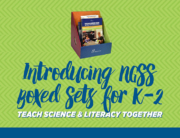
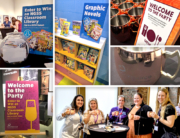
Leave A Comment